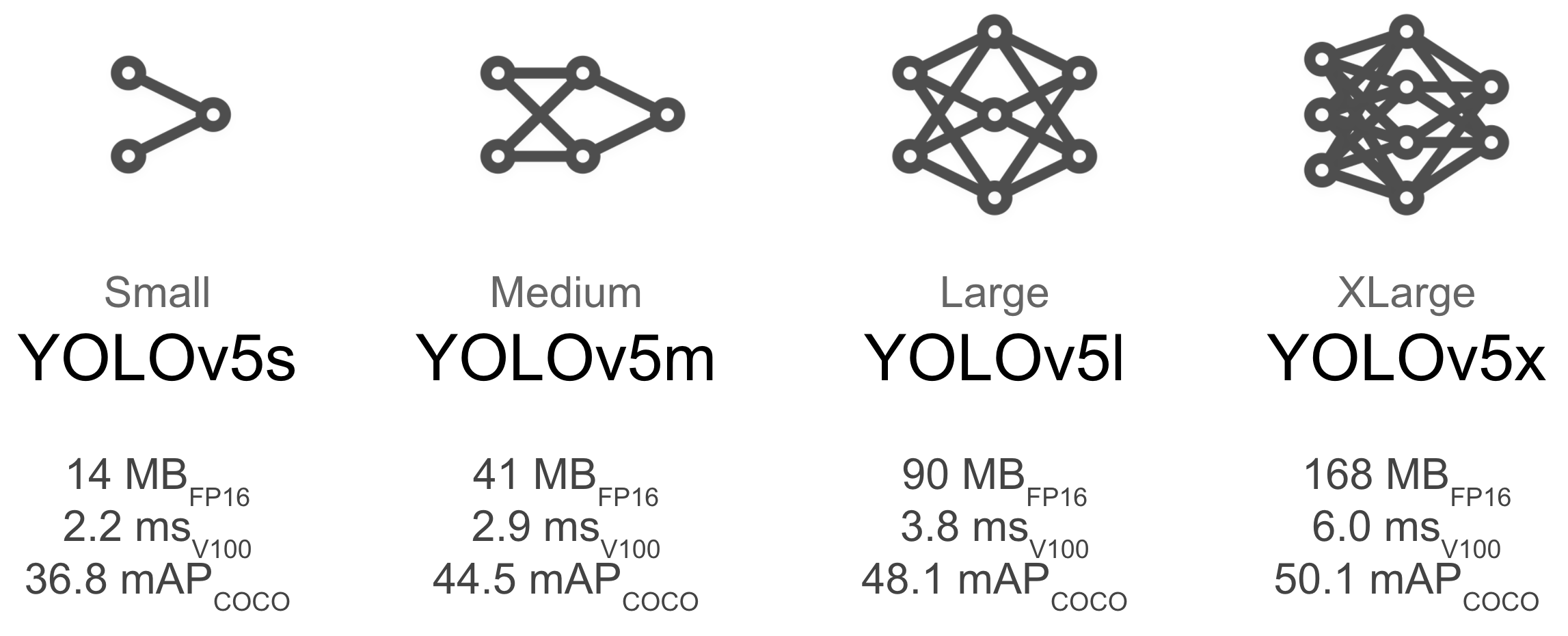👋 Hello @bugmany, thank you for your interest in 🚀 YOLOv5! Please visit our ⭐️ Tutorials to get started, where you can find quickstart guides for simple tasks like Custom Data Training all the way to advanced concepts like Hyperparameter Evolution.
If this is a 🐛 Bug Report, please provide screenshots and minimum viable code to reproduce your issue, otherwise we can not help you.
If this is a custom training ❓ Question, please provide as much information as possible, including dataset images, training logs, screenshots, and a public link to online W&B logging if available.
For business inquiries or professional support requests please visit https://www.ultralytics.com or email Glenn Jocher at glenn.jocher@ultralytics.com.
Requirements
Python 3.8 or later with all requirements.txt dependencies installed, including torch>=1.7. To install run:
$ pip install -r requirements.txtEnvironments
YOLOv5 may be run in any of the following up-to-date verified environments (with all dependencies including CUDA/CUDNN, Python and PyTorch preinstalled):
- Google Colab and Kaggle notebooks with free GPU:
- Google Cloud Deep Learning VM. See GCP Quickstart Guide
- Amazon Deep Learning AMI. See AWS Quickstart Guide
- Docker Image. See Docker Quickstart Guide
Status
If this badge is green, all YOLOv5 GitHub Actions Continuous Integration (CI) tests are currently passing. CI tests verify correct operation of YOLOv5 training (train.py), testing (test.py), inference (detect.py) and export (export.py) on MacOS, Windows, and Ubuntu every 24 hours and on every commit.




❔Question
1.train: python3 train.py --data custom.yaml --cfg yolov5s.yaml --weights weights/yolov5s.pt --epochs 5 train: Scanning 'data/custom/labels/train.cache' images and labels... 6 found, 0 missing, 0 empty, 0 corrupted: 100%|█| 6/6 [0 val: Scanning 'data/custom/labels/train.cache' images and labels... 6 found, 0 missing, 0 empty, 0 corrupted: 100%|█| 6/6 [00:Plotting labels... val: Scanning 'data/custom/labels/train.cache' images and labels... 6 found, 0 missing, 0 empty, 0 corrupted: 100%|█| 6/6 [00:
autoanchor: Analyzing anchors... anchors/target = 3.86, Best Possible Recall (BPR) = 1.0000 Image sizes 640 train, 640 test Using 4 dataloader workers Logging results to runs/train/exp3 Starting training for 5 epochs...
Images sizes do not match. This will causes images to be display incorrectly in the UI.
5 epochs completed in 0.014 hours.
Optimizer stripped from runs/train/exp3/weights/last.pt, 14.5MB Optimizer stripped from runs/train/exp3/weights/best.pt, 14.5MB Images sizes do not match. This will causes images to be display incorrectly in the UI.
wandb: Waiting for W&B process to finish, PID 79757 wandb: Program ended successfully.
2.detect: python3 detect.py --source data/images --weights weights/best.pt --conf 0.25 Fusing layers... Model Summary: 224 layers, 7113244 parameters, 0 gradients, 16.5 GFLOPS image 1/2 /Users/home/dev/yolov5/data/images/bus.jpg: 640x480 Done. (0.182s) image 2/2 /Users/home/dev/yolov5/data/images/zidane.jpg: 384x640 Done. (0.148s) Results saved to runs/detect/exp2 Done. (0.400s)
at last, i did not detect anything information with my train models ("best.pt"), can anyone help me?
Additional context